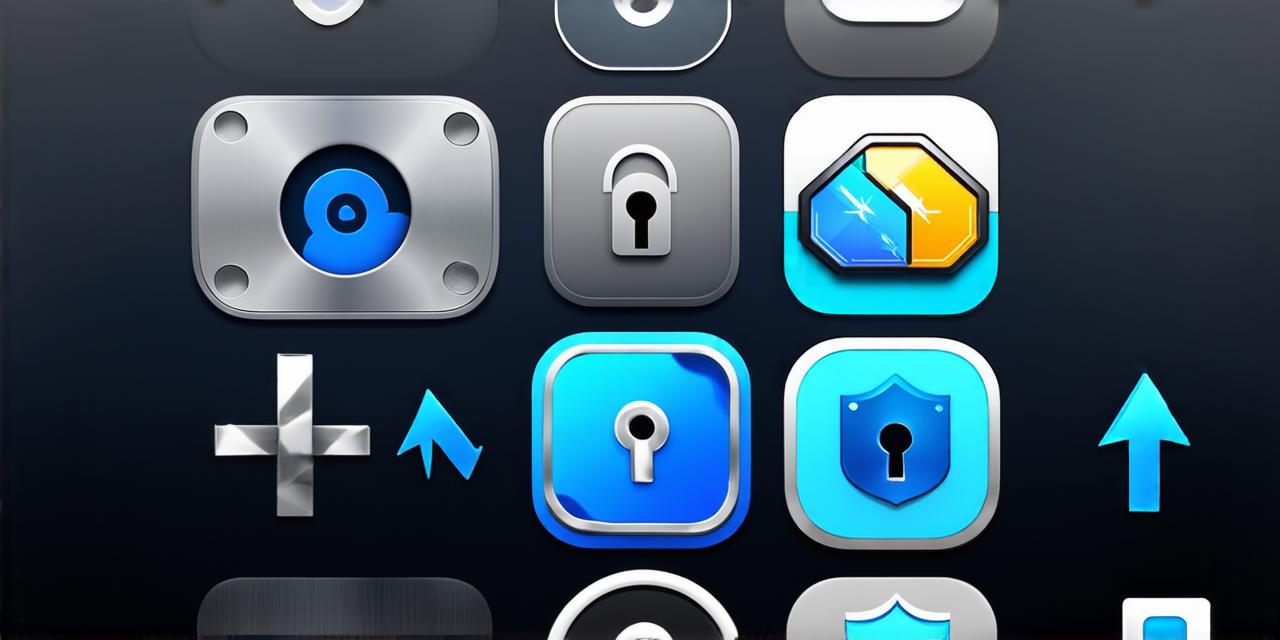Are you an iOS developer looking to distribute your app privately? Look no further! In this comprehensive guide, we will explore everything you need to know about privately distributing iOS apps. We’ll cover the pros and cons of private distribution, as well as best practices for getting started. Let’s dive in!
Pros and Cons of Private Distribution
First things first: why would you want to distribute your app privately? There are a few good reasons.
- Control Over Distribution: When you distribute your app privately, you have complete control over who gets access to it. This means you can choose which users or groups get to test and use your app before it’s released publicly.
- Security: Private distribution allows you to keep your app out of the hands of malicious actors or hackers who could potentially harm your users or the app itself.
- Faster Testing and Feedback: By distributing your app privately, you can get feedback from a smaller, more targeted group of users. This can help you identify bugs and improve your app before it’s released to the public.
- Avoid App Store Review Process: Private distribution allows you to bypass the app store review process, which can be time-consuming and frustrating for developers.
However, there are also some potential downsides to consider.
1. Limited Distribution: Private distribution is only suitable for a limited number of users or groups. If you want to reach a wider audience, you’ll need to distribute your app publicly through the app store.
2. Lack of User Reviews and Ratings: Private distribution doesn’t allow users to leave reviews or ratings for your app. This can make it harder for potential users to evaluate your app before downloading it.
3. No Revenue Generation: Private distribution doesn’t generate any revenue for your app, as it’s not available for sale in the app store.
Best Practices for Private Distribution
Now that you have a better understanding of the pros and cons of private distribution, let’s take a look at some best practices to get started.
- Choose Your Target Audience: Before distributing your app privately, it’s important to identify your target audience. Who will be using your app, and what are their needs and preferences? By understanding your users, you can tailor your app to meet their specific requirements.
- Develop a Distribution Plan: Once you’ve identified your target audience, you’ll need to develop a distribution plan. This should include who will get access to your app, how they will receive it, and any restrictions or limitations that apply.
- Test Your App Thoroughly: Before distributing your app privately, it’s important to test it thoroughly to ensure it’s functioning properly and doesn’t contain any bugs or security vulnerabilities.
- Use a Secure Distribution Method: When distributing your app privately, it’s important to use a secure method to prevent unauthorized access or distribution. This could include using a VPN, encrypting the app file, or using a secure cloud-based platform.
- Monitor and Maintain Your App: Once your app is distributed privately, it’s important to monitor it closely to ensure it’s functioning properly and address any issues that arise. You should also keep your app up to date with the latest security patches and bug fixes.
Case Studies: Real-Life Examples of Private Distribution in Action
Now that we’ve covered the pros and cons of private distribution and some best practices for getting started, let’s take a look at some real-life examples of private distribution in action.

- Financial Institutions: Many financial institutions use private distribution to test and deploy their mobile banking apps before they’re released publicly. This allows them to identify any security vulnerabilities or bugs before they can be exploited by hackers.
- Healthcare Providers: Healthcare providers often distribute their medical apps privately to a select group of healthcare professionals, such as doctors and nurses, to test and evaluate their effectiveness before they’re released to the public. This allows them to ensure that their app meets the specific needs of healthcare professionals and provides accurate and reliable information to patients.
- Corporate Intranets: Many companies use private distribution to distribute their internal apps, such as employee directories or company news apps, to a select group of employees. This allows them to control who gets access to sensitive information and ensures that their app is only used by authorized personnel.
FAQs: Answering Common Questions About Private Distribution
1. Can I distribute my app publicly and then privately later?
Yes, it’s possible to distribute your app publicly and then switch to private distribution if needed. However, it’s important to note that if you distribute your app publicly first, it may already have a public presence on the app store and could be difficult to remove from search results.
2. Do I need to comply with any regulations when distributing my app privately?
It depends on the nature of your app and who is using it. If your app contains sensitive information or is used by healthcare professionals, for example, you may need to comply with certain regulations such as HIPAA. It’s important to research any relevant regulations that may apply to your app and ensure you’re in compliance.
3. Can I distribute my app privately internationally?
Yes, it’s possible to distribute your app privately internationally. However, if you plan to distribute your app publicly in the future, you’ll need to comply with the regulations and requirements of each country where you plan to release it.
4. Do I need to pay any fees to distribute my app privately?
No, there are no fees associated with private distribution.
Summary: The Pros and Cons of Private Distribution for iOS Developers
In conclusion, private distribution can be a useful option for iOS developers looking to control who gets access to their app, test it thoroughly, and avoid the app store review process. However, it’s important to weigh the pros and cons carefully before making a decision, and to follow best practices when distributing your app privately. By doing so, you can ensure that your app is secure, effective, and well-received by your target audience.
